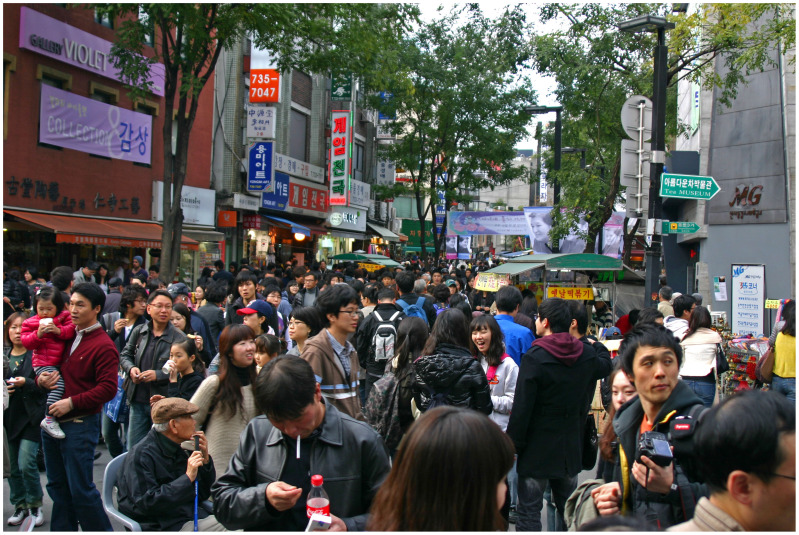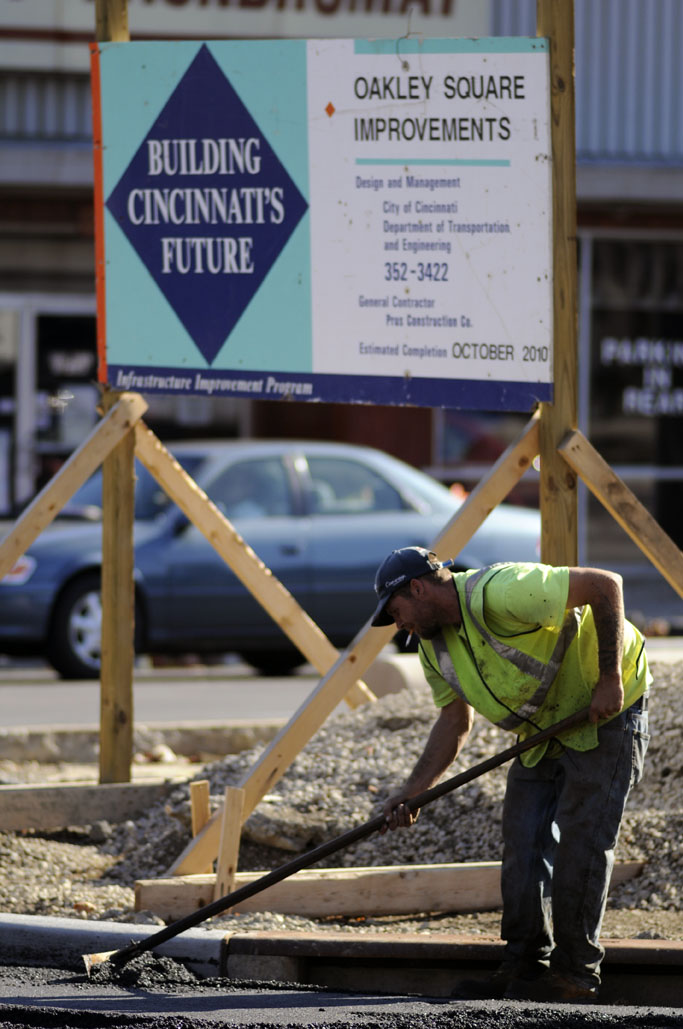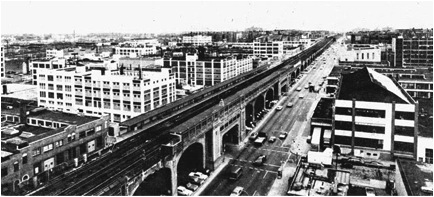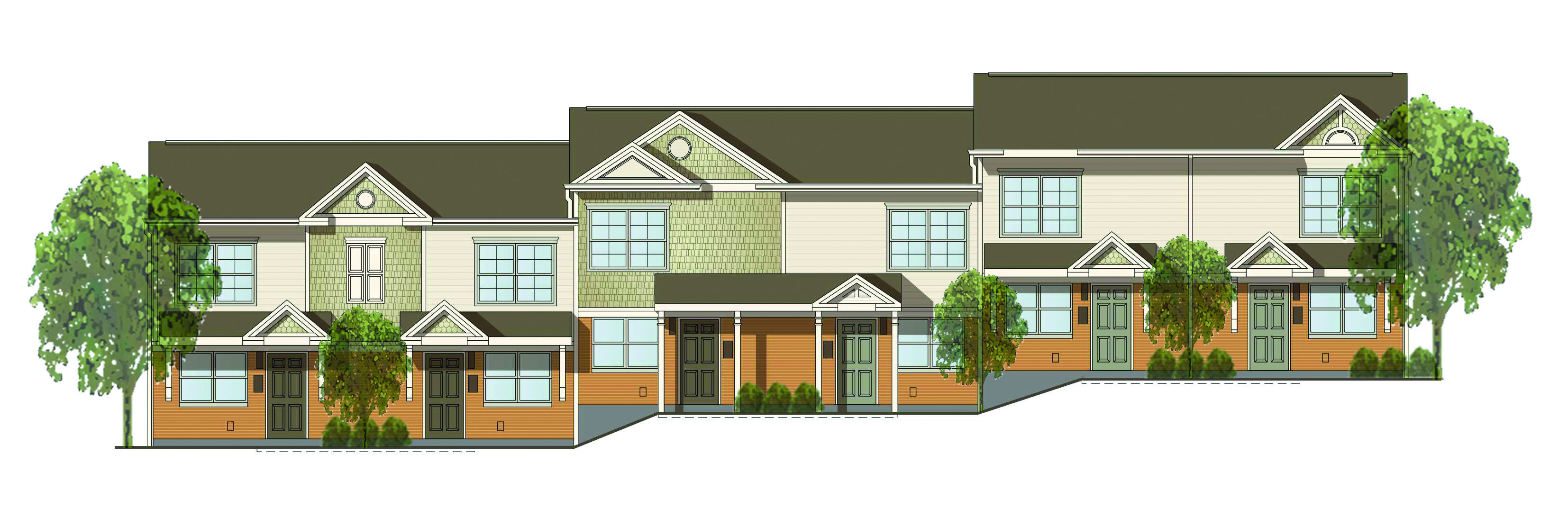After spending just over two weeks in Seoul I often feel just as ignorant to the Korean culture as when I arrived, when in fact that could not be further from the truth. I stepped off the plane in Incheon 17 days ago, got on the bus to Seoul, and then proceeded to immediately get lost in Insadong trying to find my hotel on a Saturday night. Since that time I have been able to meet all kinds of new people, try new foods, experience different cultural norms, and dive into a 50 hour work week.
The food has been one of the best things so far. I have tried just about everything under the sun, but I could not begin to tell you what it all is by name. The kimchi is terrific, and served with everything, and the Korean Barbecue is expectedly superb. I have been taking particular interest in the many street food vendors where I am living in Insadong. Meat on a stick, check. Octopus desert treats, check. Spicy rice cakes, check.
The drink has also been an experience too. Feel free to order a beer when in Korea, but do not expect much. The Korean beers, Cass and Hite, are about as good as any generically mass-produced American beer and it is about all they offer. But when you have Soju and Makkoli to choose from, I do not see why you would care. Soju is often the drink of choice for most as they go out. Think of it like a smooth Vodka, but one that keeps flowing as your night continues over various small Korean plates of food. Makkoli on the other hand is made from fermented rice and is casually known as Korean wine. I can tell you wine it is not…especially the trendy fusion Makkoli you will find throughout Seoul. I tried a pineapple fusion Makkoli which was quite good.
What strikes you first about Korea is its people and their attention to detail. The airport is spotless, transit run precisely on-time, streets are kept clean, and almost anything will be done to make sure you are kept happy as a guest. The key here is to be open and try to at least something about the Korean culture and language. At this point I know about a dozen words and when I use them I am greeted by a very positive response from locals who do not expect me to know even the slightest bit of language or culture.
This attention to detail extends to fashion. Now maybe this is because I am located in the heart of a major cosmopolitan city, but both the men and women are fabulously dressed. Heels and designer dresses are standard for women, while men of all ages are almost always seen in tailored suits and designer shoes. Do not go out the least bit wrinkled or think that your non-polished dress shoes are ok because you will stand out, and not in a good way.
The city has been overwhelmingly large. Skyscrapers as far as the eye can see, and a seemingly never-ending urban landscape greets visitors. Seoul is an overpowering city at times. Not only are the buildings tall, but the streets are wide, traffic constantly congested, streets jam packed with people, and a constant buzz exist in almost all parts of the city that I have visited. But what is most interesting is a similar shift toward creating a more livable city. New parks have been developed along the Hahn River and a reclaimed stream through Insadong turned into a recreational trail are two of the more striking features.
On the personal front I have enjoyed several encounters with Asian-style karaoke, was interviewed on KBS News, stumbled upon a Makkoli tasting festival near my hotel, had an Ajuma intentionally run into me with her shopping cart at the store, and have been in too many mind blowingly new situations to count.
This has been fairly long so far, but I hope to do a weekly summary like this going forward until I return to the U.S. in mid-December. Enjoy some of the photographs I have taken thus far throughout Insandong and from a trip I made to the Demilitarized Zone (DMZ) last weekend. The week ahead should be quite interesting as my new Korean friends are planning something interesting for my birthday this Friday (and probably Saturday).










